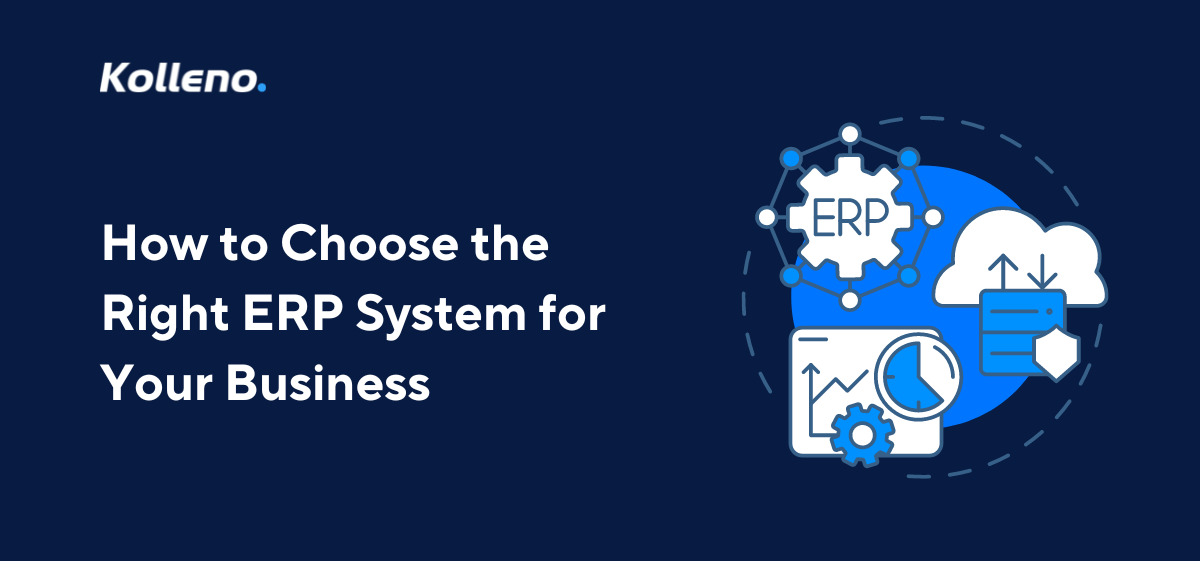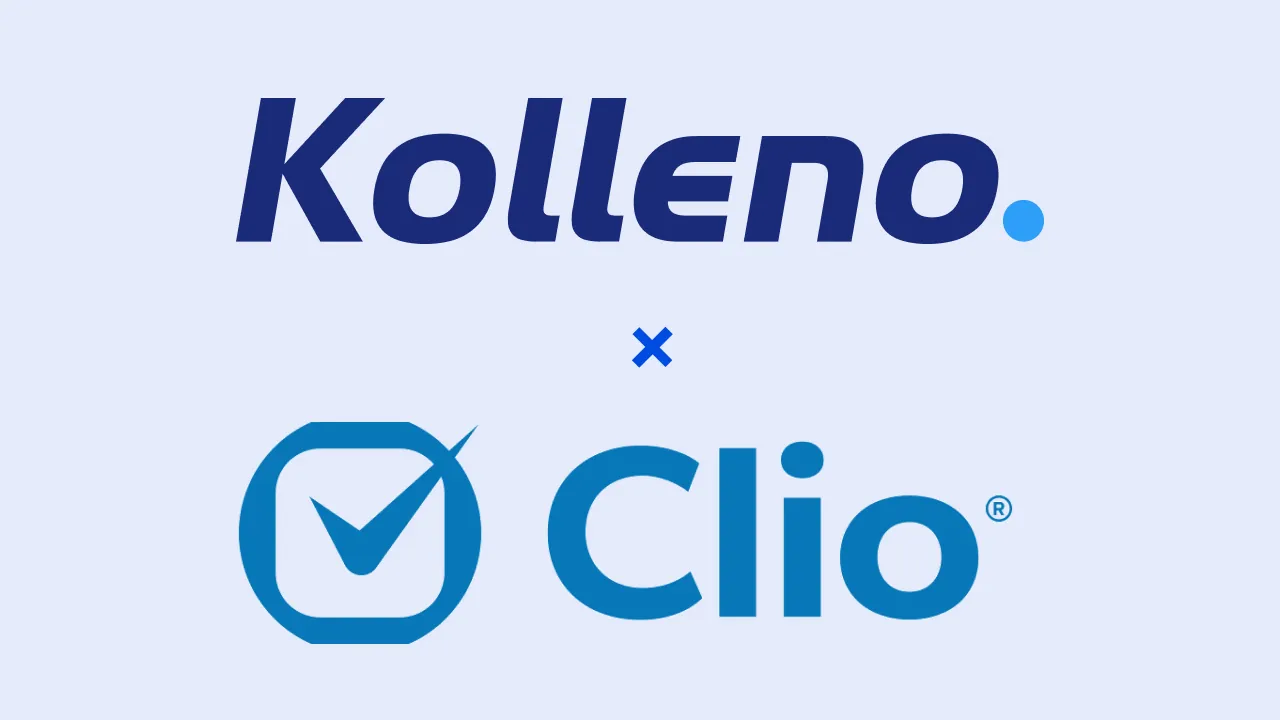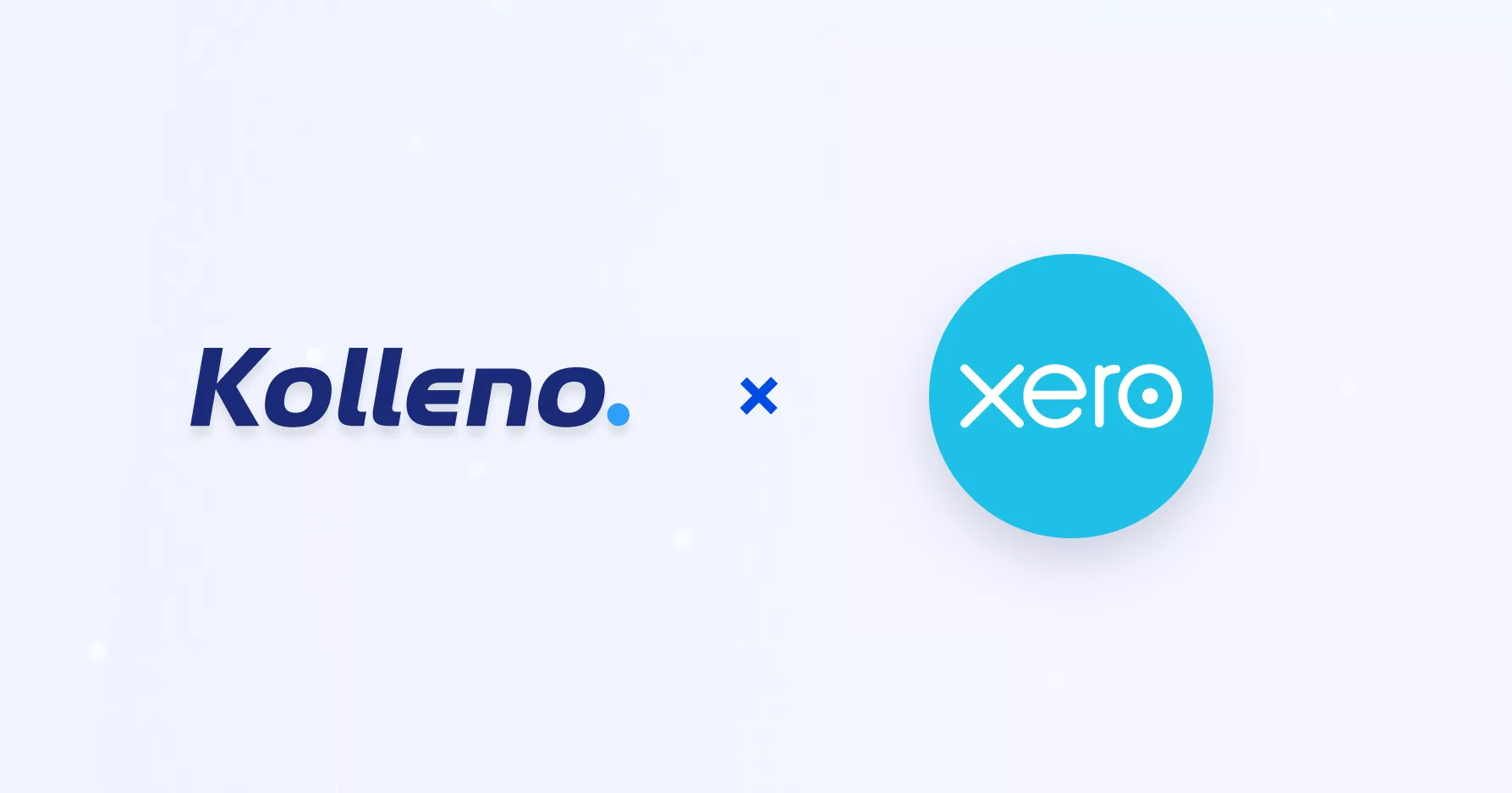Enterprise Resource Planning (ERP) systems are vital tools for modern businesses, offering a centralized solution to manage and integrate critical processes across various departments. Selecting the right ERP system is crucial as it can significantly impact your organization’s efficiency, productivity, and profitability. Here’s a comprehensive guide on how to choose the right ERP system for your business.
When Should You Consider Switching to Using an ERP System?
As businesses grow, their operational complexities increase. What worked for a small startup might not be sufficient for a medium-sized company. Here are some signs that your business growth is outpacing your current systems, and you need to start using ERP.
1. Inefficiency and Redundancy: If your team spends a significant amount of time on manual data entry, reconciliations, or using multiple disparate systems that don’t communicate well, it might be time for an ERP. These inefficiencies can lead to errors, delays, and increased operational costs.
2. Lack of Real-Time Data: Decision-making in a dynamic business environment requires real-time data. If your current systems can’t provide up-to-date information quickly, your business might miss out on crucial opportunities or fail to respond to threats in a timely manner.
3. Difficulty in Meeting Customer Demand: As your customer base grows, so do their expectations. If your business struggles to meet demand or maintain high levels of customer satisfaction, an ERP system can help by providing better inventory management, streamlined order processing, and improved customer service.
1. Understand Your Business Needs
Before diving into the ERP selection process, it’s essential to have a clear understanding of your business requirements. Analyze your current processes, identify bottlenecks, and determine what you want to achieve with an ERP system.
By pinpointing your needs, you can focus on ERP solutions that offer features and modules tailored to your specific requirements.
2. Establish a Budget
ERP systems can be a significant investment, so it’s crucial to establish a realistic budget. Consider both the initial costs and the long-term expenses, such as:
- Licensing Fees
- Implementation Costs
- Training and Support
- Maintenance and Upgrades
Having a clear budget will help narrow down your options and ensure you choose a solution that provides the best value for your investment.
3. Evaluate ERP Options
There are numerous ERP solutions available, each with its strengths and weaknesses. Some popular ERP systems include:
- NetSuite
- SAP
- Microsoft Dynamics
- Oracle
- Sage
Evaluate each option based on your business needs and budget. Look for reviews, case studies, and testimonials to gauge the effectiveness and reliability of each system.
4. Consider Customization and Scalability
Your business is unique, and so are its requirements. Ensure the ERP system you choose is customizable to fit your specific needs. Additionally, consider the scalability of the solution. As your business grows, your ERP system should be able to scale and adapt to accommodate new processes, increased data volume, and additional users.
It’s also important to consider new markets you may want to grow into in the future. Will your ERP system equip you with the correct tools to grow globally? Remaining compliant in new markets is a key consideration, along with the tax requirements of new jurisdictions, and this is especially important in the US. It could be worth considering specific solutions for new growth challenges such as these, for example, Avalara provides a complete solution for tax compliance in the US and globally, find out more here.
5. Assess User-Friendliness
An ERP system should streamline processes, not complicate them. A user-friendly interface and intuitive navigation are essential for ensuring your team can quickly adapt to the new system. Request demos and trial versions to assess the ease of use and involve key users in the evaluation process to gather their feedback.
6. Integration Capabilities
Your ERP system needs to integrate seamlessly with your existing software and applications. Whether it’s CRM, e-commerce platforms, or third-party logistics, ensure the ERP solution offers robust integration capabilities. This will facilitate smooth data flow and enhance operational efficiency.
7. Vendor Support and Reputation
Choosing the right vendor is as important as choosing the right ERP system. Research the vendor’s reputation, industry experience, and track record. Consider the following:
- Customer Support: Availability and quality of support services.
- Training: Comprehensive training programs to help your team get up to speed.
- Updates and Upgrades: Regular updates and improvements to keep the system current.
- Client References: Speak to existing clients to understand their experiences.
8. Implementation and Training
A successful ERP implementation requires meticulous planning and execution. Work with your vendor to develop a detailed implementation plan that includes:
- Timeline and Milestones: Clearly defined phases and deadlines.
- Resource Allocation: Assign internal and external resources effectively.
- Training Programs: Comprehensive training for all users to ensure smooth adoption.
Consider partnering with a consultant or implementation partner to guide you through the process and avoid common pitfalls.
9. Evaluate Total Cost of Ownership (TCO)
While the initial cost is important, the total cost of ownership (TCO) provides a more comprehensive view of the long-term financial commitment. Consider costs related to:
- Hardware and Infrastructure
- Software Licensing
- Implementation and Customization
- Training and Support
- Maintenance and Upgrades
A detailed TCO analysis will help you make a more informed decision.
10. Plan for Future Growth
Your business needs will evolve, and your ERP system should be capable of supporting future growth. Choose a solution that is flexible and scalable, with a vendor committed to continuous improvement and innovation.
How to Optimise ERP to Suit your Business Needs
Sometimes, even when you choose the suitable ERP for your business and start switching to using it, there can be many pitfalls and challenges to make it work to suit your specific needs. The implementation process can become very complex, long and absolutely detached from the goals outlined in the sales and planning process. This happens quite often when projects are primarily led by system specialists instead of finance professionals. To make this process smooth and, most importantly, ensure that ERP is actually set and optimized to solve your pain points, consider using a NetSuite partner such as MacroFin. MacroFin is run by finance professionals with years of experience to help businesses eliminate challenges in implementing ERP.
MacroFin has a partnership with Kolleno, an intelligent AI-powered AR Management platform that integrates with NetSuite, Sage, Microsoft Dynamics. With Kolleno, you can handle any invoice volume with multiple AI solutions. As the highest-rated AR management platform on G2, Kolleno is known for its expertise in accounts receivable management and unparalleled customer support. Find out more about why mid-market and enterprise companies like DNA Payments, 1Password, and Dealer-FX choose Kolleno.
When choosing an ERP system, it’s also important to consider how you’ll handle complex tax compliance requirements. This is where Avalara can be a game-changer. Avalara provides cloud-based solutions that simplify sales tax and other transaction tax compliance. Integrating Avalara with your chosen ERP system can automate the calculation of taxes for transactions, and keep you updated with the ever-changing tax regulations. This seamless integration not only reduces the risk of errors but also frees up your team to focus on core business activities. You can automate as much of your manual processes you want to allow the greatest overall efficiency by making sure your ERP system is complete with tax compliance features through Avalara.
Conclusion
Picking the correct ERP system is one of the important business decisions which can reshape your entire operating landscape. Get guided by what you need, your budget, and options while considering customization, user-friendliness, integration, vendor support, and future growth so you can make an informed choice that aligns with your objective for the business. If you spend time upfront doing your homework, it will go a long way in setting the stage for a successful ERP project.
- When Should You Consider Switching to Using an ERP System?
- 1. Understand Your Business Needs
- 2. Establish a Budget
- 3. Evaluate ERP Options
- 4. Consider Customization and Scalability
- 5. Assess User-Friendliness
- 6. Integration Capabilities
- 7. Vendor Support and Reputation
- 8. Implementation and Training
- 9. Evaluate Total Cost of Ownership (TCO)
- 10. Plan for Future Growth
- How to Optimise ERP to Suit your Business Needs
- Conclusion











